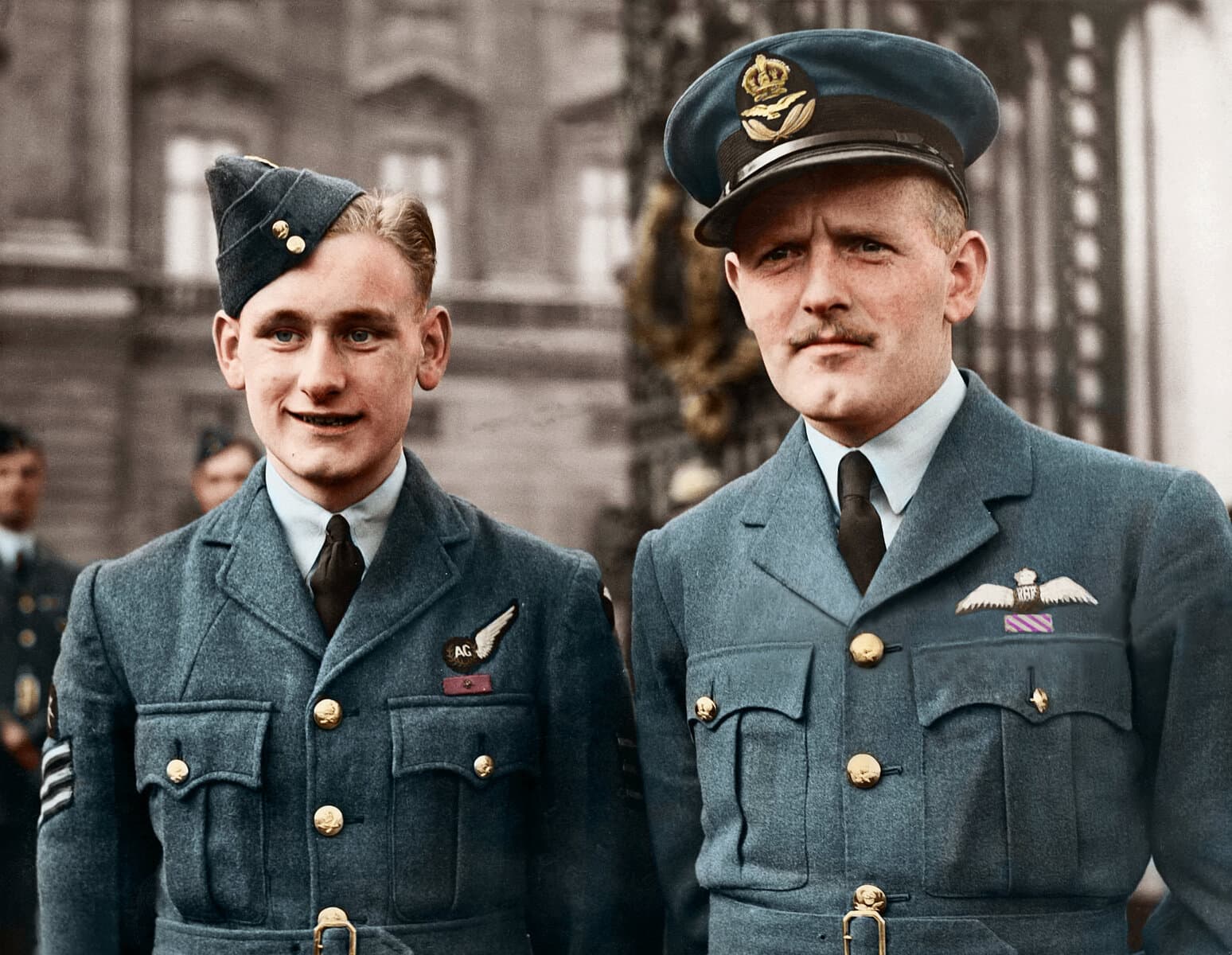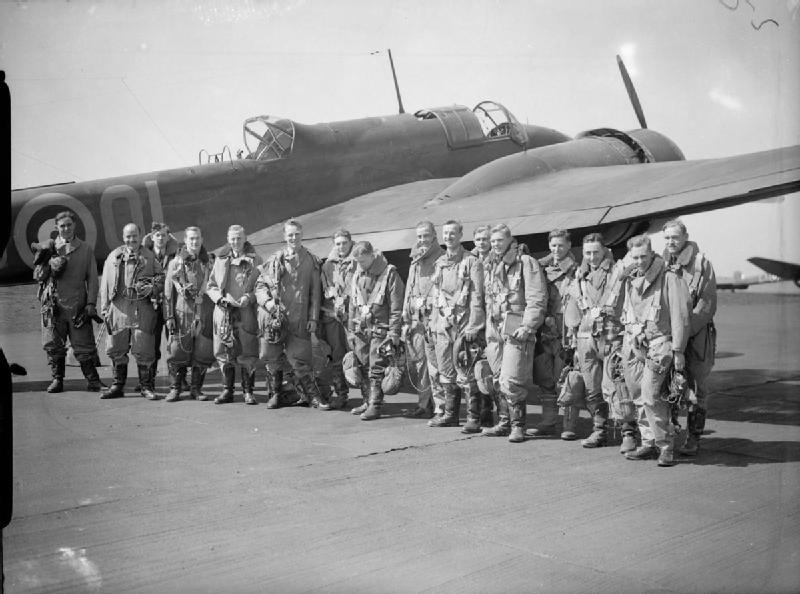Clare Connor received the Distinguished Flying Cross for his act of valour
In both world wars, there were men killed in action or who died in service who had a connection with Niagara-on-the-Lake but for various reasons were not commemorated on either the memorial clock tower cenotaph in Old Town or the Niagara Township war memorial in Queenston. In some cases, they lived for only a brief time in Niagara and had no family here when the monuments were built. In other instances, they had lived near McNab, not then part of NOTL or Niagara Township. While their names are not read out at the ceremonies at these monuments on Remembrance Day, they too should be remembered.
Ron Dale
Special to The Lake Report
Clare Connor had a relatively brief association with Niagara-on-the-Lake.
He is remembered in the history of the Niagara-on-the-Lake branch of the Royal Canadian Legion in its 1987 publication, ”Sixty Years of Remembrance,” by Cathy Macdonald, Idella Serafini and Sue Swayze.
Connor is listed among those who were residents of NOTL “immediately prior to enlisting.”
Born in Toronto on May 10, 1913, he was the youngest son of consulting engineer Arthur Connor and his wife Florence Grace Harris.
Connor received a sound education and on graduation from the University of Toronto he became a bookkeeper.
He wanted to be an air force pilot and, in 1937, as Nazi Germany was becoming increasingly aggressive, war seemed imminent.
He tried to enlist in the Royal Canadian Air Force but he was told he was too old and the maximum age of recruits was 21. The RCAF was a small organization at that point and joining before the war was difficult.
Connor was determined and decided to sail to England and try to join the Royal Air Force, which accepted recruits under the age of 25.
Armed with a copy of a new birth certificate signed by his mother, listing his birth year as 1914, Connor was able to arrange to work his passage to England aboard a cattle boat in January 1938.
His brother Desmond was living in England at the time and his sister Frances had moved to England in 1937 so he had relatives to stay with on his arrival. Both Desmond and Fran served in the Second World War.
Clare was accepted in the RAF and excelled in his training – but he may have also concealed the fact he was 25. His death record listed him as being 21 in 1940.
When he completed initial training on multi-engine aircraft on July 9, 1938, he was promoted to acting pilot officer.
He was confirmed as a pilot officer on Oct. 3, 1939, on receipt of his wings, and assigned to the 83rd Squadron, RAF, flying Hampden twin-engine bombers.
He met Elizabeth Cave Collier at a pub in Bridgewater, Somersetshire, near his airbase at Westonzoyland and the couple fell in love.
They were married on March 16, 1940, and in August they moved to Brattleby, near the RAF base of Scrampton where Connor’s squadron was posted.
It was a nerve-racking time for Betty Connor, pregnant with their first and only child. Three nights each week the Hampden bombers climbed into the sky, destined for targets in Holland and Germany.
No doubt Betty listened for the sounds of the returning aircraft, acutely aware when fewer landed than had taken off earlier in the night.
On the night of Sept. 15, Connor flew his Hamden bomber on a raid over Antwerp. The bomber was heavily damaged by flak (anti-aircraft artillery) and caught fire.
Two of the four crew members bailed out.
The fire was so intense that part of the aluminum deck of the aircraft melted and the ammunition for the machine guns started to explode.
Connor remained at the controls while the radio operator, Sgt. John Hannah fought the flames.
Miraculously, Connor was able to nurse the plane back to base. For that incredible act of bravery, Hannah was awarded the Victoria Cross while Connor received the Distinguished Flying Cross and also was promoted to flying officer.
On Nov. 4, 1940, on the return from a successful bombing raid on Kiel, Germany, his plane was once more hit by flak and heavily damaged.
Again, Connor tried to fly the stricken aircraft back to England, but this time his luck ran out just short of his goal.
He crashed into the sea off Spurn Head, Yorkshire. His body was recovered and buried at St. Cuthbert Church in Brattleby.
Betty Connor gave birth to a daughter and named her Clare, after her late husband. When it was safe to travel, in 1945, Betty took Clare to Canada and eventually remarried. She died in Montreal in 2018.
She would never forget her heroic first husband who showed, according to his Distinguished Flying Cross citation, “outstanding coolness, courage and devotion to duty.”
Her sacrifice should also be remembered and honoured.
- On the heels of The Lake Report’s 53-part “Monuments Men” series, which exhaustively documented the story of every soldier commemorated on the town’s two cenotaphs, Ron Dale’s “Missing in Action” stories profile Niagara-on-the-Lake soldiers who died in wartime but are not listed on the town’s monuments.












